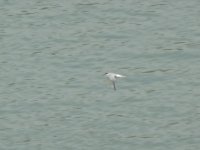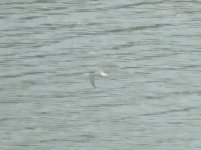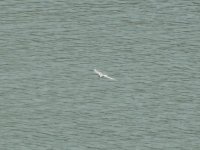Barbets48
Well-known member
Observed this tern flying over an inland river in Western Guangxi province in June. Terns in general here are not often seen in this area, as it is quite far inland.
I previously have seen Whiskered Tern in the area a couple times, but this bird I think may be a different species. Photos were taken at a really long distance, but perhaps the overall feel of the bird along with some field marks will be enough. Included terrible photos as once in a while they can can help.
I have a suspicion as to ID, but curious to see what others suggest.
Mike
I previously have seen Whiskered Tern in the area a couple times, but this bird I think may be a different species. Photos were taken at a really long distance, but perhaps the overall feel of the bird along with some field marks will be enough. Included terrible photos as once in a while they can can help.
I have a suspicion as to ID, but curious to see what others suggest.
Mike











